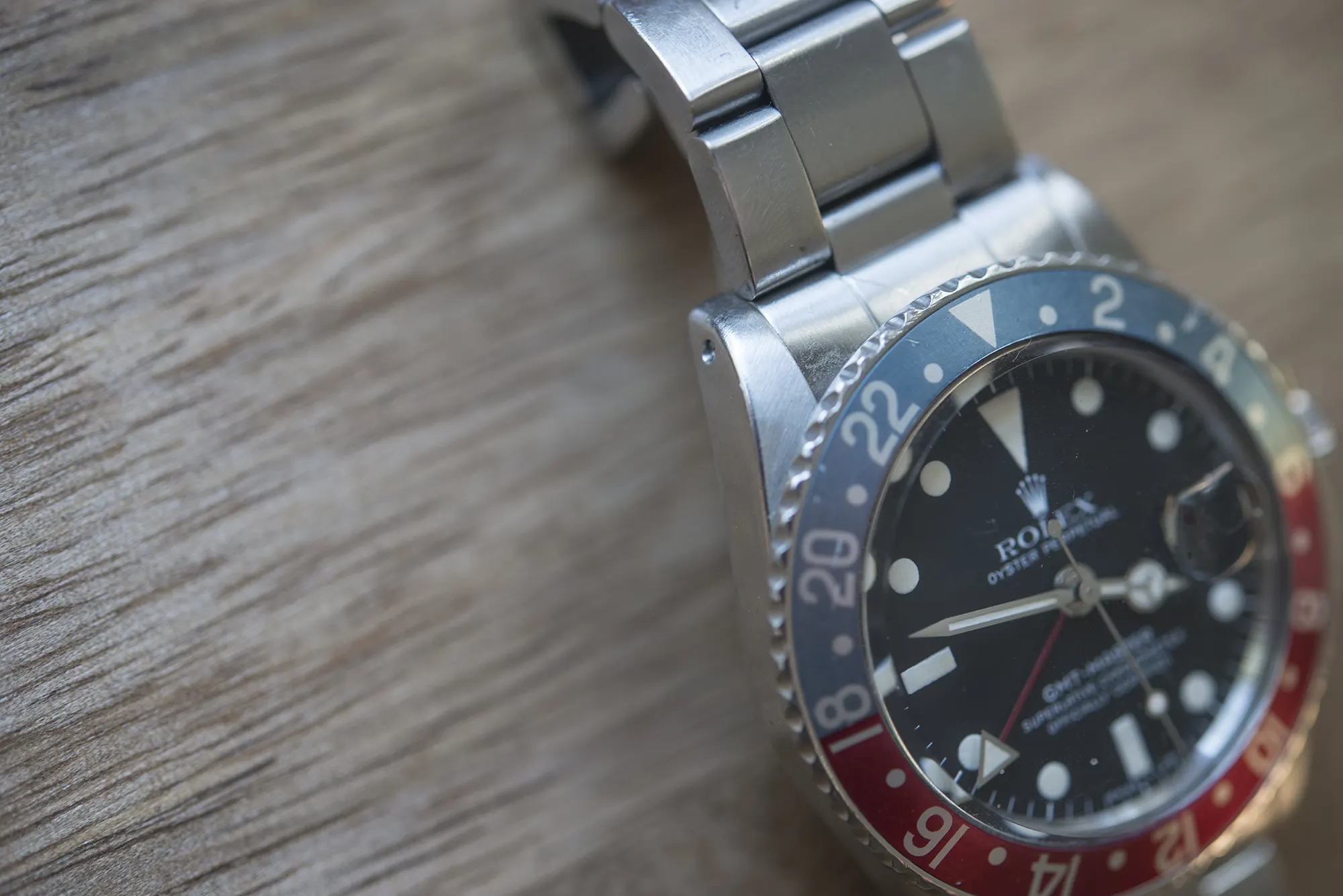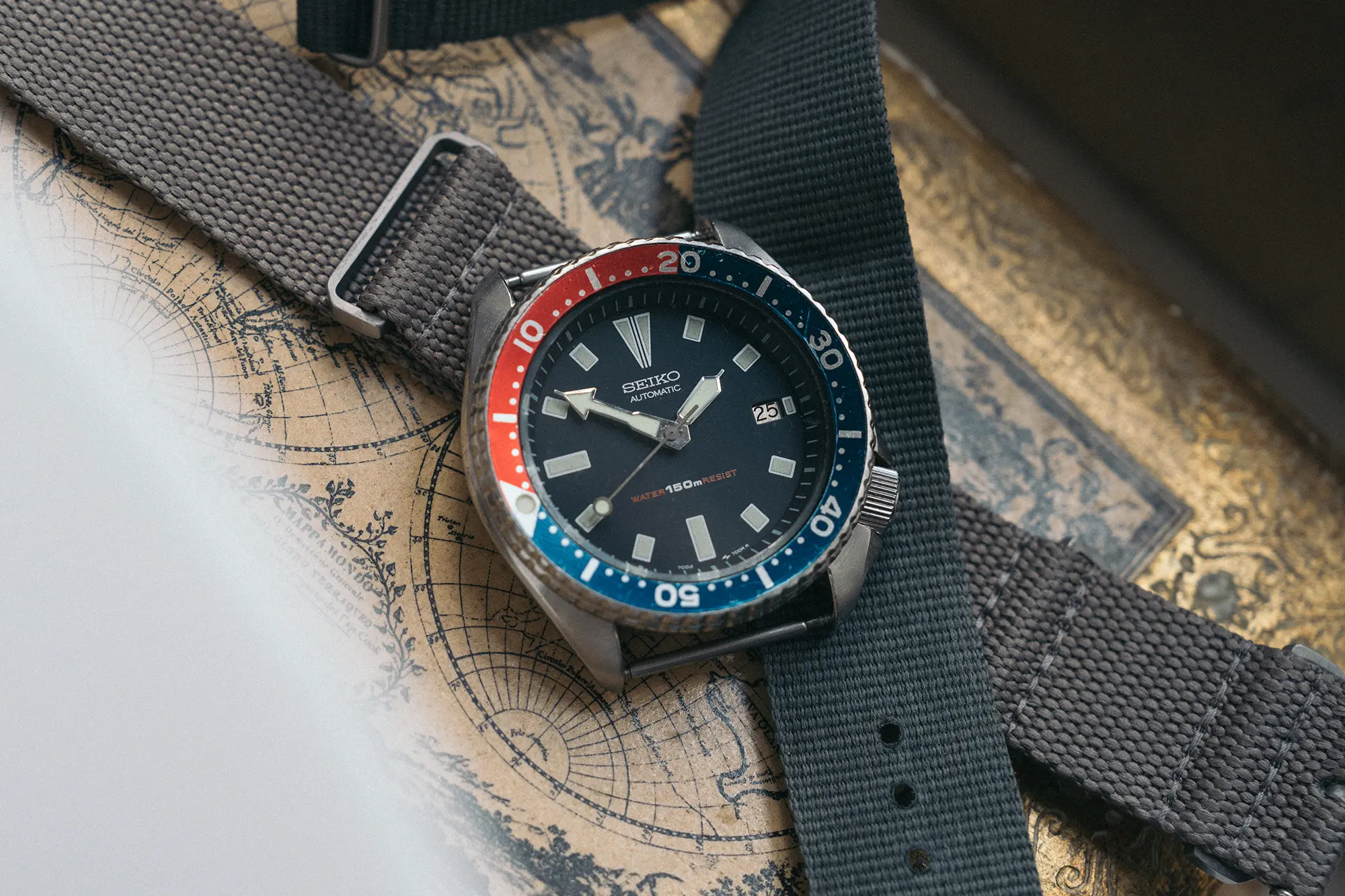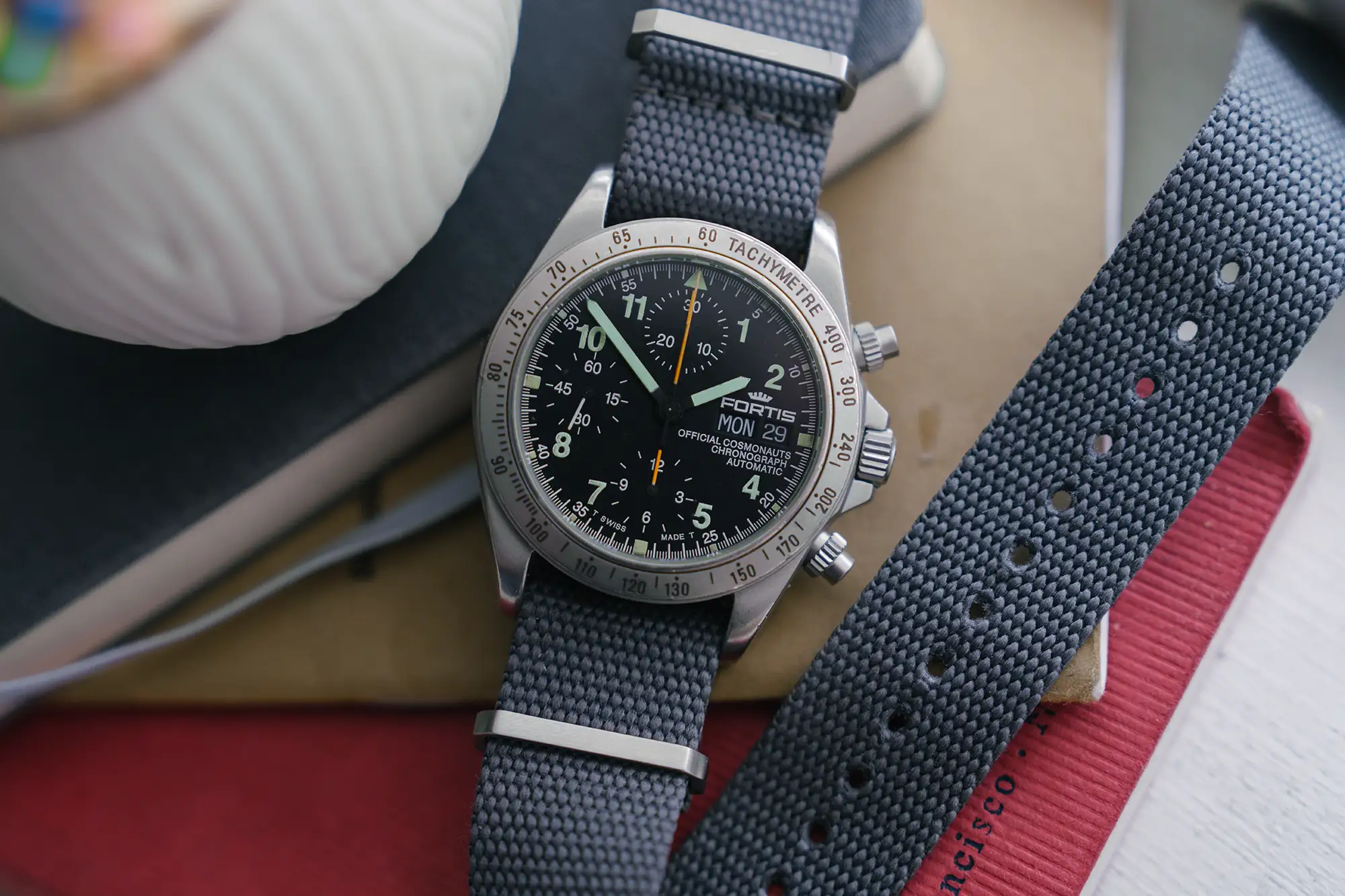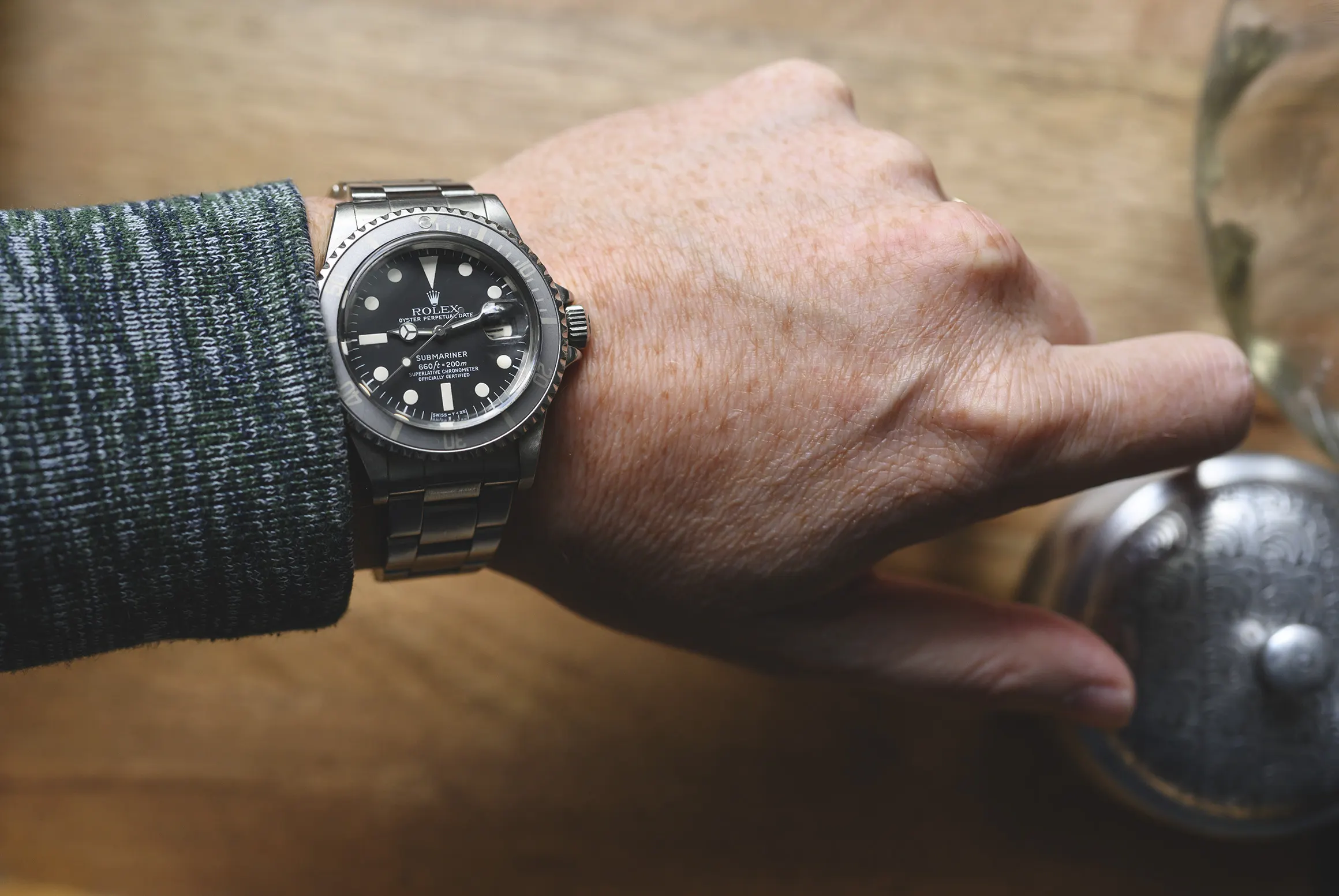If you’re anything like me, there’s a good chance that watches on the older end of the spectrum are responsible for pulling you into this hobby. That well worn look strikes a nerve that few new watches are capable of reaching. Further, their often heavily romanticized histories can impart legendary status on even the most humble of tools. So why then, can it be a difficult proposition to actually wear one of these watches with any consistency? If there’s one adjective most often associated with these watches by the community at large, it is ‘delicate’.

But just how delicate are these old-timers, anyway? Like many things in life, the answer often boils down to ‘it depends’. Watchmakers tout the importance of regular servicing, and while it’s easy to take for granted in the near term, the benefits compound over the long haul. Like visiting the dentist. Most collectors and enthusiasts know this, but that doesn’t mean we all adhere to it. On the contrary, old forum threads extolling the accuracy of never before serviced watches aren’t uncommon. Ironically, this leads to the sentiment that older watches are just more delicate than their modern counterparts.
Many larger brands have standardized production methods to streamline and automate the process, and while the jury is still out on just how well modern movements will stand the test of time (sorry), odds are strong the same rules will apply to them. The issue here is that creating a more efficient production process often involves consolidation of parts to make their replacement easier to manage for the brand, but more difficult to manage for your average watchmaker.

Watchmaker and friend of the site, Ashton Tracy, gives a lovely breakdown of this in comparing the legacy 3135 to the newer 3235 calibers from Rolex for Quill & Pad. Here is a particularly poignant example that he cites:
“If a 3135 had a mainspring grinding along the barrel wall, the fix was simple: remove the mainspring, polish the bridle, lubricate the barrel wall, and reinstall. But this is no longer the case with the 3235: it’s replace, replace, replace.
You will be told that all new barrels work right out of the packet, but this is rarely the case for any caliber… So the replace mentality isn’t always the best option. A barrel can outlast a mainspring by many years. That family heirloom you were leaving to your grandchildren is now at the mercy of the manufacturer. How long will parts supply be supported – 30, 40, 50 years?”
They don’t make ‘em like they used to, indeed, it would seem. This is an example of a larger problem that will play out over decades, and it doesn’t necessarily mean modern movements are bad per se, but it does highlight the value and serviceability of long standing, tried and true movements, the likes of which are often found in older watches.

(This highlights an issue with modern movement production we’ll explore in an upcoming episode of the podcast)
While older watches may not ‘feel’ as robust as their modern counterparts, that largely comes down to how robust modern cases feel, but on the inside, it’s not so straightforward. If the idea of an older watch is appealing to you, either get a good understanding of its service history, or make a trip to your local watchmaker a first priority before slotting into the regular rotation. They aren’t as delicate as they may seem.


Leave a Reply